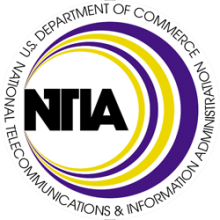Verizon Against the Public Interest
In another example of how some private companies continue acting against the public interest, Verizon is again using FiOS as a weapon, threatening not to bring it to a New York town unless the town essentially waives some $12,000 in real estate taxes.
Communities maintain what is called the "right-of-way" - where utility polls are located or conduit is buried underground. Imagine if a cable company had to work out an arrangement with every resident who had a poll in their yard to string cable - what a headache! Instead, companies like Verizon negotiate with the municipal government for access to the right-of-way. In return, communities typically negotiate for things like a franchise fee, often a 3%-5% fee from television revenues that is used to fund local public access channels. The right-of-way is a valuable community asset and the community deserves to benefit from allowing private companies to profit from it.
In this case, Verizon wants to dodge the real estate taxes it owes by taking them out of the franchise fee - which would pass effectively reduce its public interest obligations required by using the rights-of-way. Yet another way in which companies put profits above the community.
Verizon must have some skilled accountants, they never seem to pay taxes. When they sold off their customers in New England to the failing Fairpoint, they also avoided paying taxes on the income from the sale.


